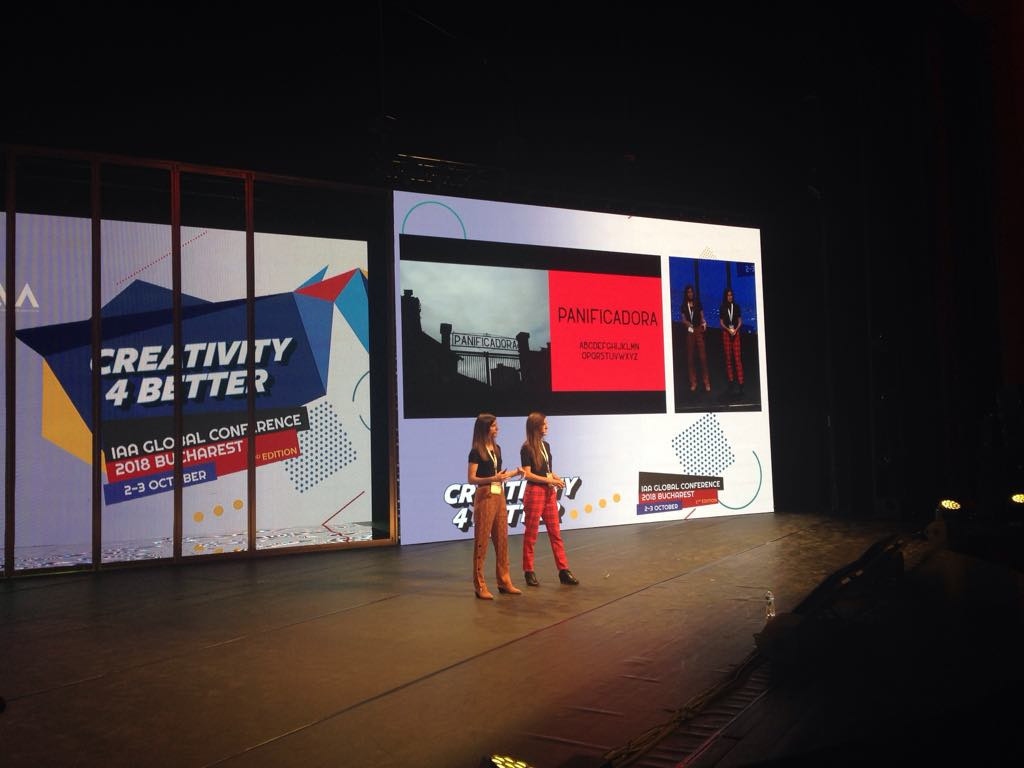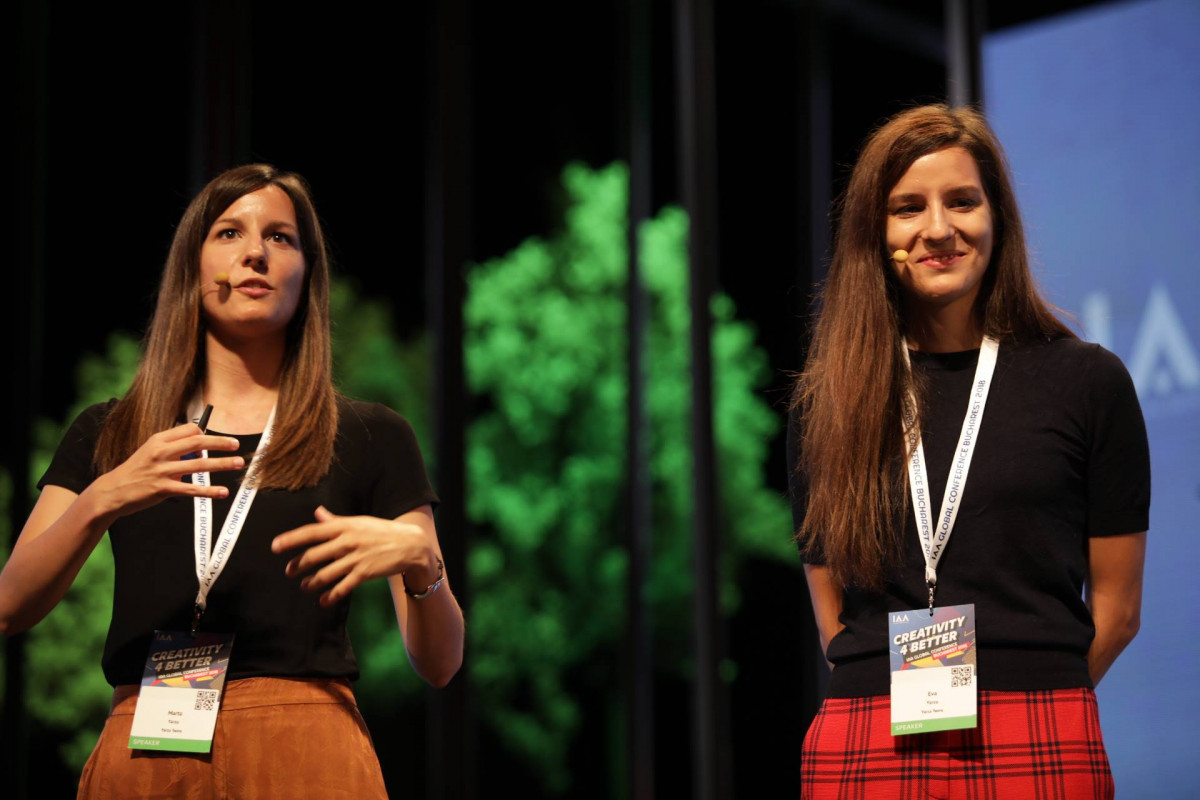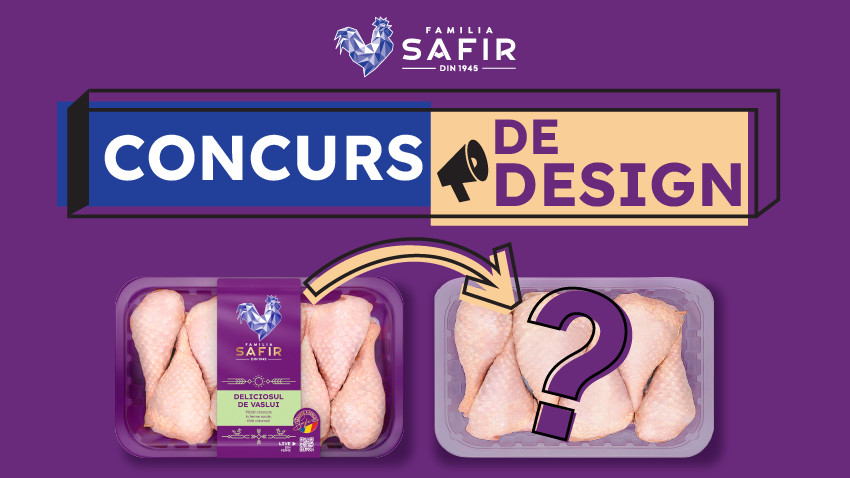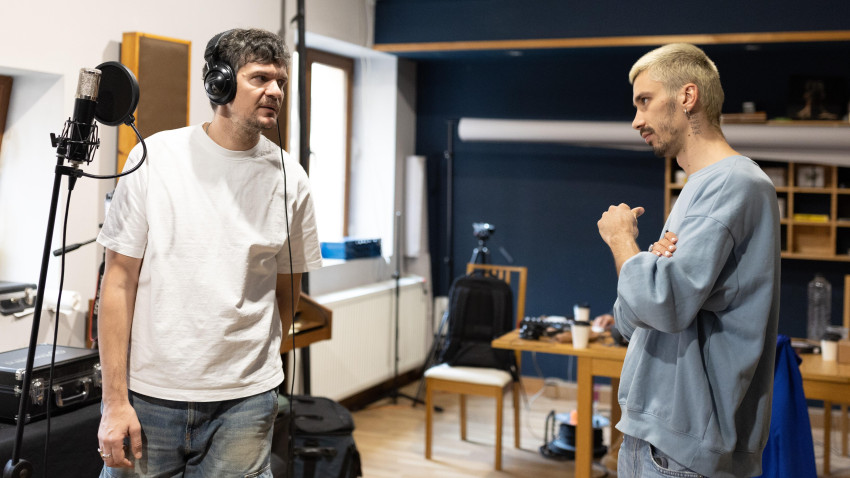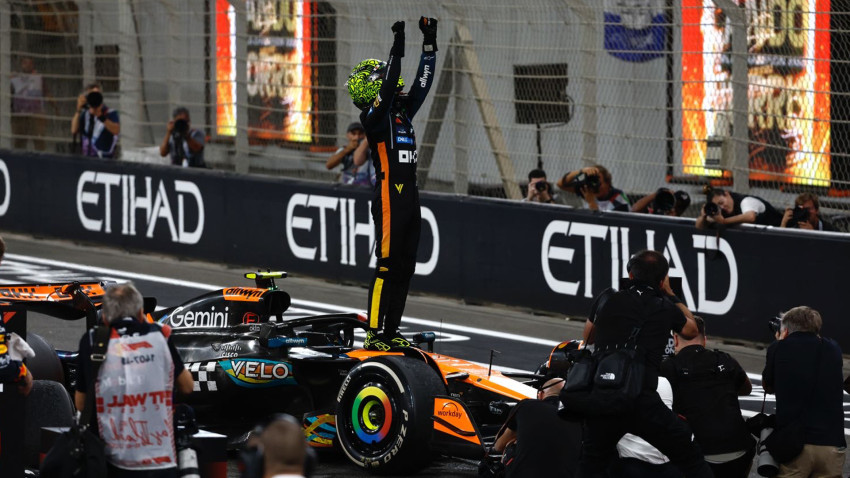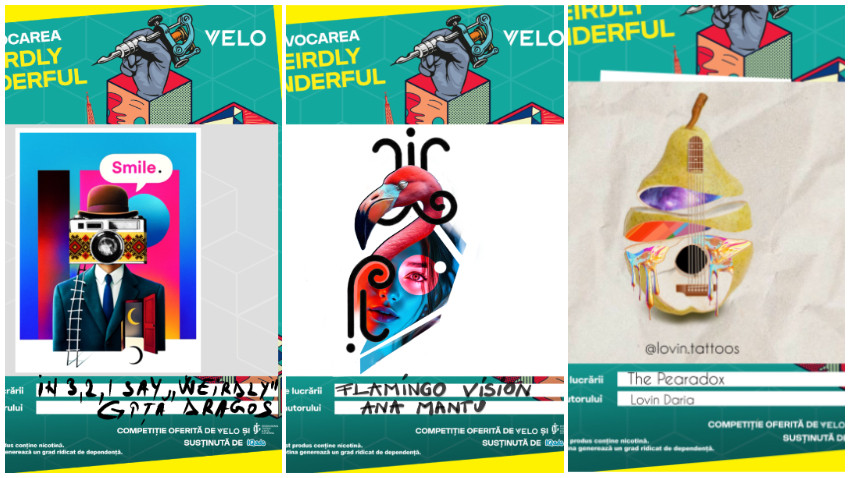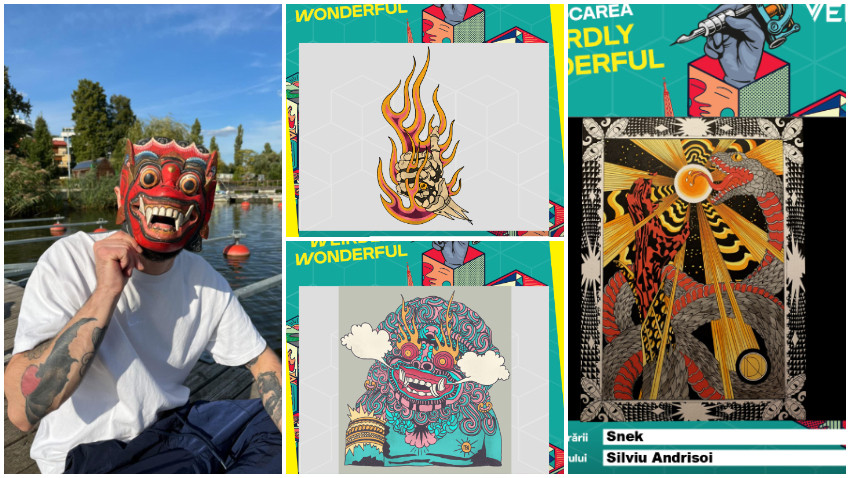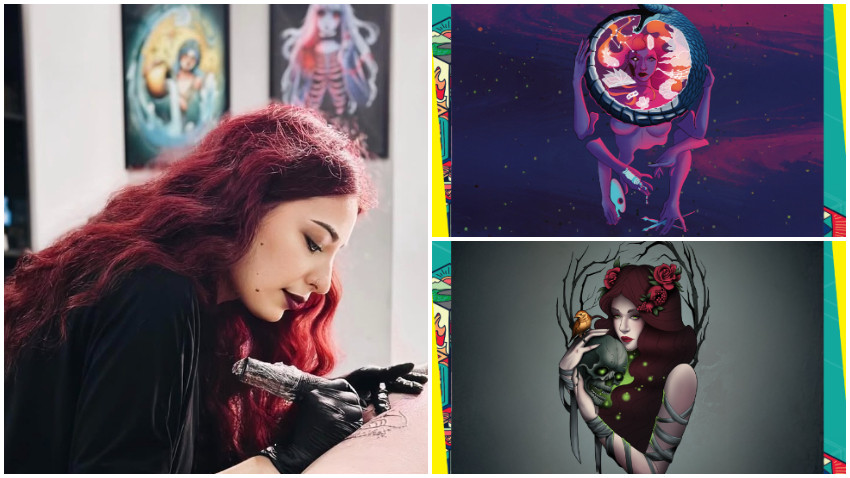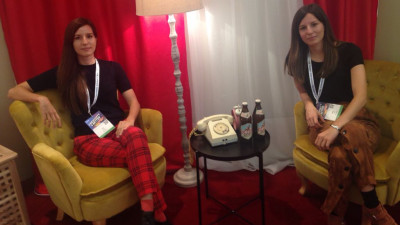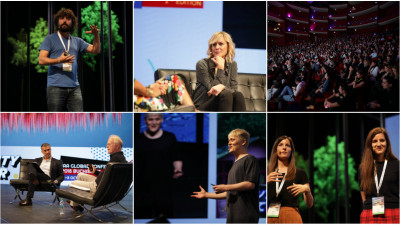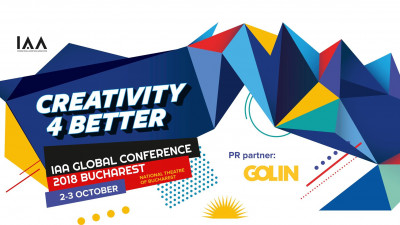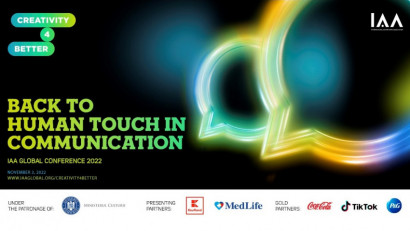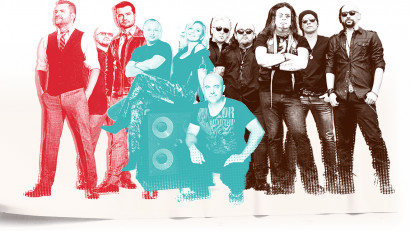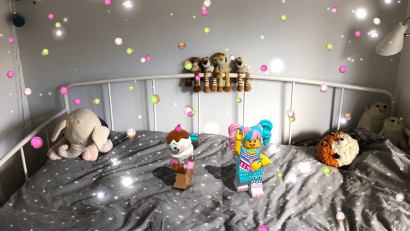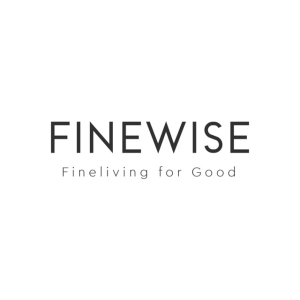Eva and Marta Yarza had to break this wall themselves: to be taken seriously, to prove they can do amazing things even if they're not mature 50 year-old men, but two young immigrants, with accents, living in London. And they did it. They have their own design studio, Yarza Twins, and so far have worked for clients like Smirnoff, HP, Formula E, Universal Music Group, Viceland and Adobe.
We found out how they managed to do it at the Creativity4Better conference, organized by IAA Romania at the Bucharest National Theatre. Gender problems still exist in design, the Yarza twins told us, but people are becoming aware that things need to change. Clients are asking, specifically, for equal representations of men and women in visuals, for diversity. And, even if clients don't ask, designers ought to consider this on their own as well and not amplify harmful stereotypes.
Craft, the buzzword
I had the same question: why do we gave such an obsession about craft? But it's good. You can't prepare a book if you don't know where to put the numbers or the text. You can't make it well. You have to know the rules and the craft before you, to be able to express your own version. If you don't know the print techniques, you'll be missing a lot of cool possibilities.
New consumers
Generally, young people are underestimated, perceived as aliens or something, but we're not. We are just the same. Today, it's very important to be where young people are. There are different ways to reach them. Young people don't watch TV anymore, they are on Instagram and Netflix.
We don't think it is possible to make them stop scrolling. Nowadays, people have the attention span of a goldfish, I think there is a study about that. You need to go with their flow. Instead of making something mainstream, normal, you have to make something different for them. Then, people at least turn their heads and consciously look at it.
I was walking in London, the other day, before coming to Romania, and I saw a poster in the street for a brand, that was very badly designed, but so cool and weird. I never remember the posters I see on the street, but I remember this one.
Trends
We try to understand them, but sometimes it's just people copying each other basically. And the following year, someone makes something different, everybody will copy that and so on. We actively try to not make things like everyone else, but obvioulsy, you can't avoid trends. Sometimes, clients want trendy and say we don't care if next year this won't mean anything, we want it to be trendy now.
I will define 2018 as the year of very interesting typefaces. Nothing is straight this year. The texts, the photos are not straight, there is something always going on. Also, this year brands are way more clean. And with a hint of modern barroque.
Challenges
We are two very young women, so first of all, there's that wall to break. "No, I'm not a 50 year old man, but I can make it". In the beginning, it was difficult for people to take us seriously. We are immigrants in London, we have an accent, and so on - but now it's easier for us than before.
So gender is still an issue, but we're starting to see how this industry has a lot of women figures that will educate the coming generations to change that issue. People are aware and try to do their part.
Branded activism
We were working for a local council in Spain and they requested to have an equal number of males and females on the visuals. For Smirnoff, they also had requests on diversity. That wasn't happening as much in the past, there were always just some guys and maybe one girl. The adventurous one is the boy and the sexy one, always the girl. Either sexy, or perfect. Never a normal girl.
We had a project with a lot of characters, boys and girls. We made the girls octopuses, but the way we wanted them – without long eyelashes, lipstick or makeup. These octopuses are just females. We have to start breaking stereotypes. Males don't have to be super macho and females don't have to be pretty princesses. And when you start designing, you have to think what can you do to normalize women. And people.
There's a massive conversation about sexism going on and there are two sides. The ones who understand we're currently doing things wrongly and the ones who reject the conversation.
It's true, you have to be careful now, in the 21st century, when you say something, when you tell a joke, not to be offensive. Sometimes people overreact, but it makes you think of things you shouldn't put out in the world if they're offending real people. If you want to be funny through joking, why wouldn't you want to tell an inteligent joke and just reinforce a stereotype?



